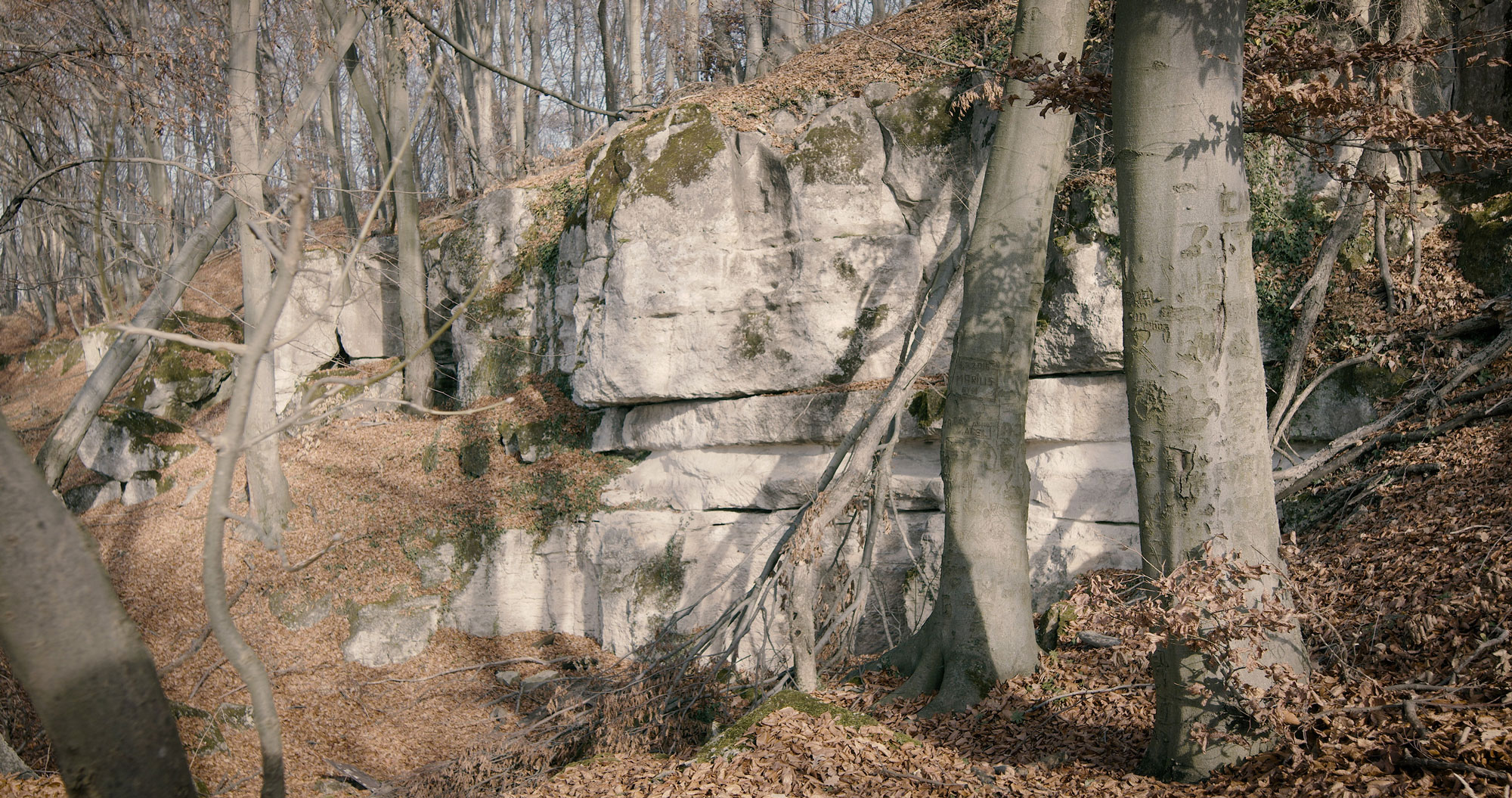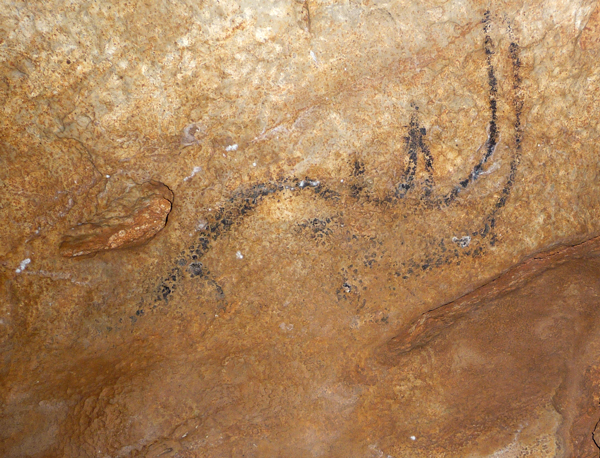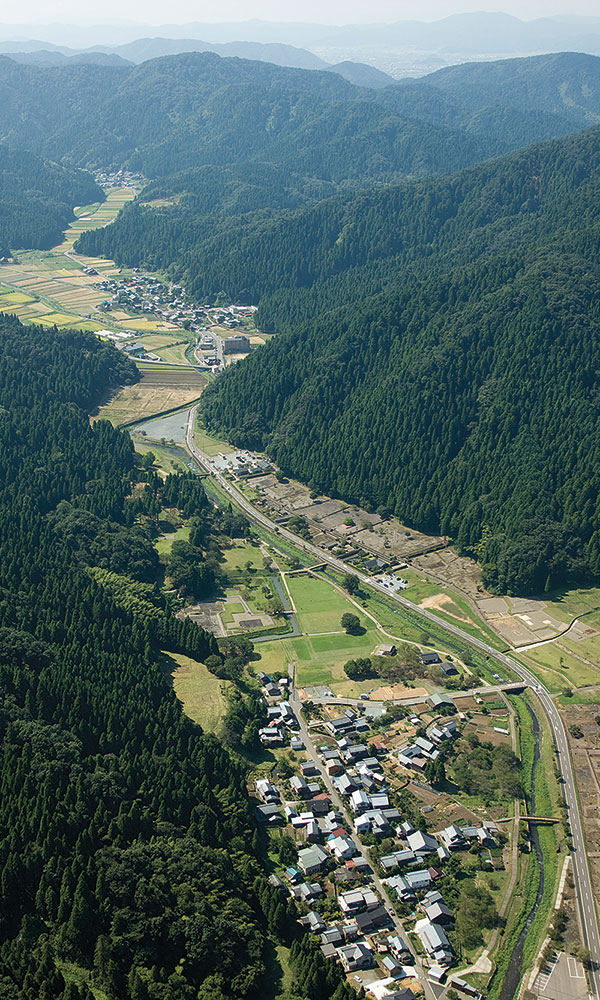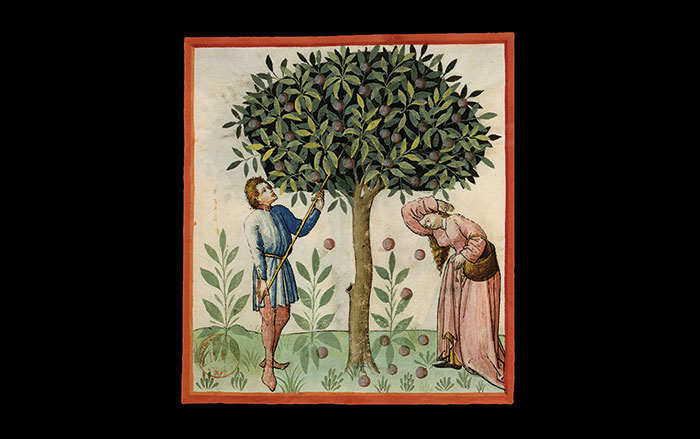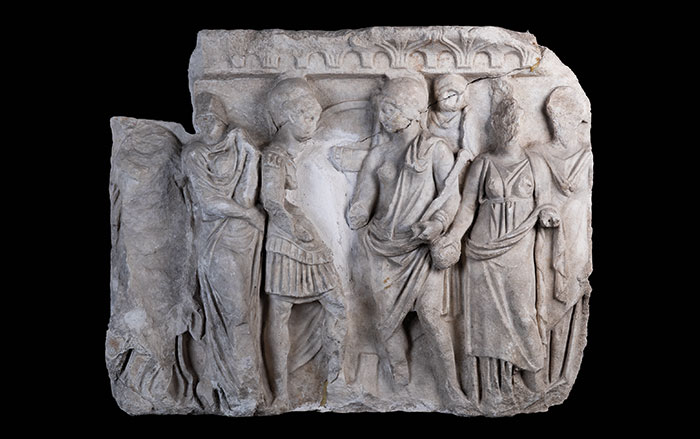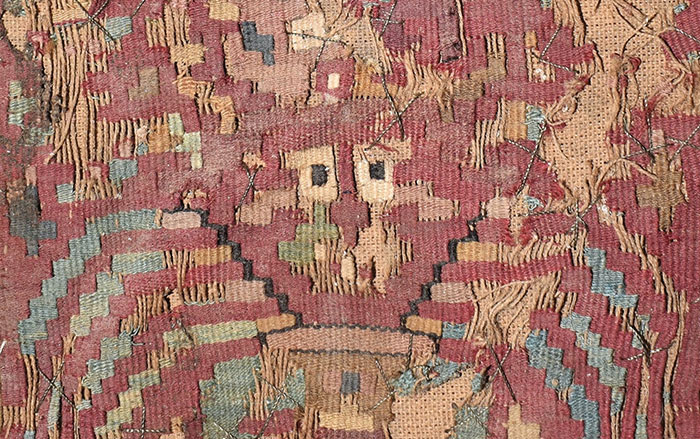
MǍGURA CǍLANULUI, ROMANIA—Almost 2,000 years ago, a stonemason working in a limestone quarry near the hill of Mǎgura Cǎlanului in current-day Romania left behind his tools. A local resident happened upon the corroded bits of metal in 2022 and brought them to the attention of the Corvin Castle Museum in Hunedoara, according to a La Brújula Verde report. The artifacts turned out to be a complete stonemasonry toolkit, the first of its kind ever found in pre-Roman Dacia and one of the most complete kits from anywhere in Europe. The set consists of 15 different objects weighing a total of 25 pounds, including double-headed picks, chisels, pointers, and wedges that were used at various times to cut, shape, and refine stone blocks. It also includes a special hammer and a small anvil that the stonesmith could have used to sharpen his tools onsite. Although certain pieces show clear Roman influences, historian Aurora Pețan of West University of Timişoara believes that the tool set belonged to a pre-Roman Dacian stonemason. Her report stated that the discovery at Măgura Călanului deepens scholarly understanding of stonemasonry in Dacia and calls into question previous hypotheses about quarry construction and exploitation in the region. The worker may have hidden his tools to keep them safe during a time of crisis, Pețan posited, perhaps due to the Roman conquest of Dacia in a.d. 102. Alternatively, he may have also simply stored his gear at the quarry to avoid lugging the tools back and forth daily and for some reason wasn't able to return and retrieve them. Read the original scholarly article about this research in Prachistorische Zeitschrift. To read about Roman fortifications in eastern Romania that researchers spotted in World War II–era surveillance satellite images, go to "Spying the Past from the Sky."


